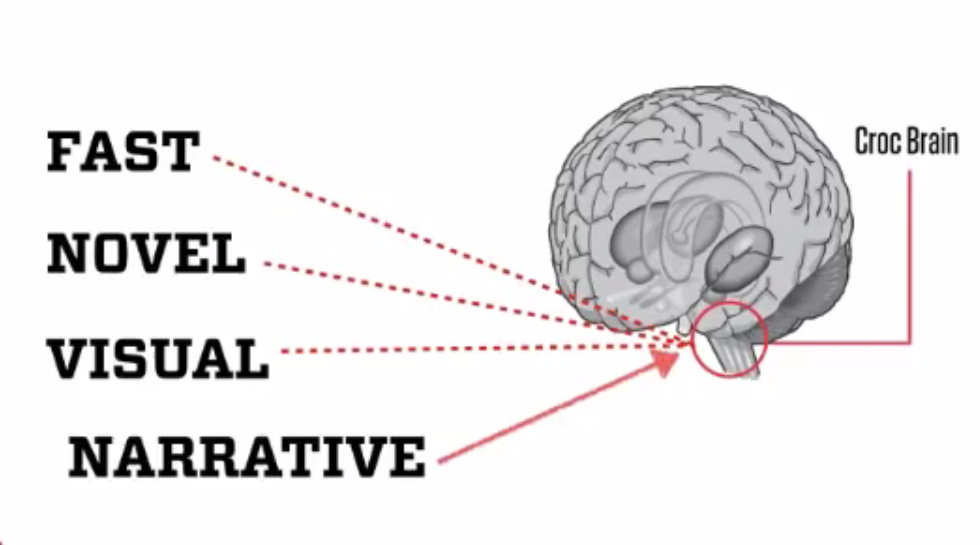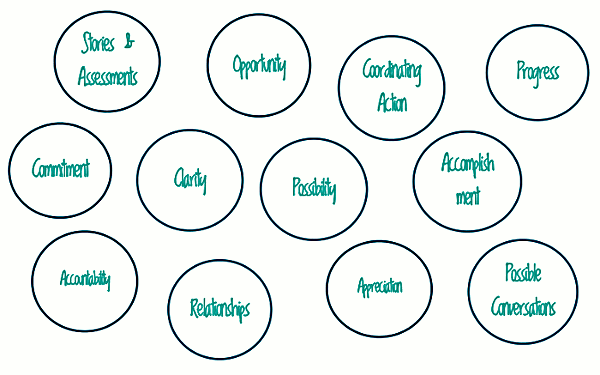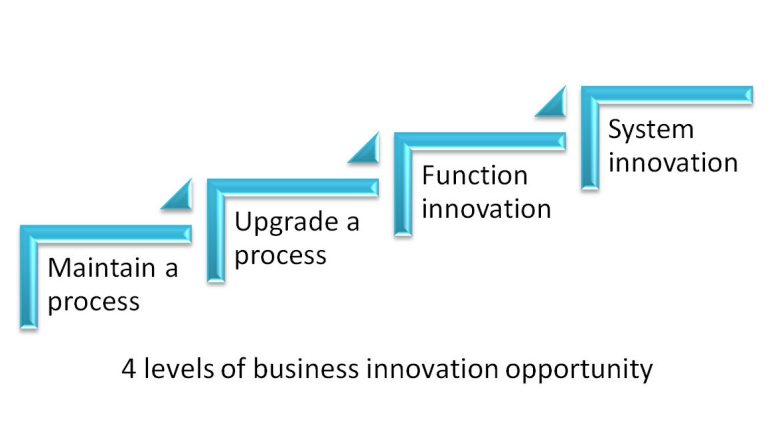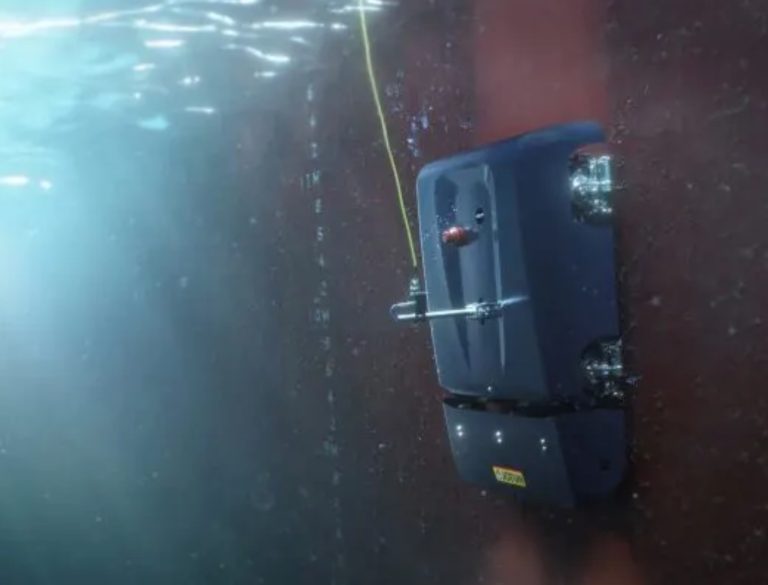How Bill McDonough got a green roof approved at Ford in 3 minutes
Bill McDonough is the co-author of the awesome regenerative business design books Cradle to Cradle and The Upcycle. He’s also co-founder of the not-for-profit Cradle to Cradle Product Innovation Institute. He’s been making BIG sustainability projects happen in BIG businesses for decades.
This is his story of how he convinced the Ford Motor Company board to spend big on an environmental project. It’s a fascinating tale of influencing, which he talked about at the end of this YouTube video.
As I listened, I recognised a pitching process from one of my marketing favourites – Oren Klaff’s book PITCH ANYTHING. That means this is a learnable skill that you can add to your innovation delivery toolkit.
I’ve done a light edit – so it’s more readable in a written form:
9:42 When we did the Ford Rouge – it’s the world’s largest green roof in Deerborn, Michigan – I walked into the board room with just 3 minutes for getting approval for this multi million dollar project. No change in time, no change in budget, right on the money for Ford’s 100th birthday.
I walked into the board room – I went in and I said “I’m an architect and an environmentalist, and the building I’m about to show you is for the birds. This is true.”
The board looked at me like hound dogs trying to read an algebra book… Who is this guy and what is he talking about???
So I said “But you’re fiduciaries and you’re in cars. So let me speak to you in fiduciary and in car. Our green roof and landscape is $13 million dollars.
The one you had budgeted and posted in your books to be spent… was $48 million dollars with 3 chemical treatment plants 4 miles of concrete pipe, chemicals that had to be bought and used all the time, 70 UAW workers standing around at $70/hour praying it doesn’t rain. All underground, all stranded assets ….. that was your design, all stranded assets requiring constant funding.
Look at this. Now you’ve got 10 1/2 acres of habitat for birds at 13 million dollars. We’re saving you $35 million in CAPEX from day 1.
..You’re in the car business. The Ford Taurus coming out of Chicago is at 4% margin. This is the equivalent of giving you an order of $900 million worth of cars.
Do you want it or not?
APPROVED, NEXT… (15:16)
Perhaps you’re not Bill McDonough – but you CAN learn to pitch
If you’re into making sustainability projects happen, then it’s worth studying ways to pitch your projects more successfully.
The sustainability masters like Bill McDonough offer great examples that you can track down on YouTube.
However, there’s a known, learnable process for pitching that maps pretty well to this McDonough example. One way in is Oren Klaff’s PITCH ANYTHING approach to getting big deals done.
It includes a step by step process for writing your pitch PLUS valuable information on how to develop the mindset and the presence to deliver that pitch more effectively.
You might get this particular book – or I might inspire you to go and explore the marketing section of your local (or online) bookshop for books on sales and copywriting.
The point is that (as a species) we’ve been studying how to sell each other products, services and ideas to each other for centuries. And in the most recent 50 years, neurobiology has started to sort the myths from the biological realities, pushed along by online marketing.
If you want to make a difference, it might be time to “Use the force – and turn it to the light”.
Here is a quick introduction
Oren Klaff explains some key elements of pitching intangibles to the C-suite in this video: “Use Neuroeconomics to Make a Business Case” made for the Open Compliance and Ethics Group. If you want just one key insight, play it from 9:00 to get the basic neuroeconomics of pitching.
There’s your pitch – then there’s the way you frame it
I’m an information junkie and an analytical thinker, so I initially found myself seduced by the formula for the Idea Introduction Pattern. Klaff’s intro pattern begins like this:
“For [target customers]
Who are dissatisfied with [the current offerings in the market].
My idea/product is a [new idea or product category] …
(invest in the book for the full process)”
But far more important to change-makers is his discussion of framing – understanding how to present yourself and your proposal as the prize – and developing the emotional intelligence to make it work. This is the “core strength” for successful innovation delivery – the confidence and capability to deliver.
We have all the technology – ancient and modern – that we need to create a prosperous, regenerative future.

The real game is turning those solutions into products, services and practices that are widely adopted by communities. If you’re still playing “greedy consumers”, “evil marketers” and “government policy” games in your head, then you might be missing out on a whole lot of fun.






